Barcode Systems
As a result of the growth in the size of businesses and institutions, the increasing number of products, and the consumers' desire to obtain many products from a single source, the idea of shopping malls (both locally and online) emerged intending to increase sales figures in these companies.
If you manage a busy store, you will need to track all the items you sell so that you can ensure that your goods are always available to your customers for purchase. The simplest way to do this is to walk through the shelves looking for empty spaces to refill. You can also create a shopping list based on those empty spaces and then simply use it to reorder your inventory.
This is good for a small store, but what if you manage a large branch of a shopping center with thousands of items available for sale? There are many obstacles and challenges that you will face in managing this branch. If you mark specific items that need to be purchased, you will need to change their prices before selling them. And what about theft?
Hence, the idea arose of giving each item and product a unique code that would help management and employees search, query, and verify their availability, price, and expiration date. All of the advantages of these items can be recognized through this code, which was later called the Barcode system.
What is a barcode?
A barcode is a set of consecutive symbols consisting of different-thickness vertical lines. Each of these lines represents a specific character from ordinary numbers, language letters, or symbols we use. When barcode reading devices pass over it, the device reads it as a set of ordinary numbers, which identifies the product's name, price, or parallel data recorded for this number
Types of Barcodes:
Barcodes are divided into two types:
- One-dimensional (1D) barcodes: They consist of series of vertical black and white columns of varying widths, representing either a sequence of numbers or characters. Examples of 1D barcodes include ISSN, MSI/Plessey, RSS, Code 39, Code 93, and Code 128 ISB.
- Two-dimensional (2D) barcodes: They provide more information in the form of a matrix and usually represent an image. An example of a 2D barcode is the barcode found on a national identity card, which can be used to infer the national ID number and a black-and-white image of the cardholder. Examples of 2D barcodes include PDF417, QR Code, Maxi Code, and Data Matrix.
What is the GS1 coding system?
GS1 is a leading global company that sets standard codes for products and services around the world, allowing your product to have a unique global code. It works to unify codes for all products and services provided by your company in a way that ensures that this code is not repeated for any product in the world, and guarantees that this product is affiliated with the manufacturer.
GS1 grants your products their own barcode through a system called GTIN, which stands for Global Trading Item Number. As the name implies, it allows your product to be promoted and sold globally, whether it is sold locally (i.e., through a physical store) or globally through electronic commerce platforms such as Amazon.
Barcode Systems in Phenix System
Phenix systems are considered one of the leading systems that fully support all types of barcodes used in most business operations, including creating, designing, printing, and implementing them. This, in turn, facilitates the execution of many daily tasks for users. These processes include the following:
- Applying the barcode system to products to query, inventory, sell, buy, and perform various related operations.
- Applying the barcode system to customer cards to facilitate scheduling and organizing customer groups based on several considerations (geographical, administrative, etc.).
- Applying the barcode system to the system outputs such as invoices, orders, receipts, and requests to include all aspects of the document cycle.
- Applying the barcode system to fixed assets to organize them, determine their location, and track their returns.
- Applying the barcode system to the Phenix human resources system to create barcodes for each employee according to their job center and the management they belong to.
In addition, the barcode system can be activated within Phenix system and multiple information can be integrated into a single barcode, such as product information (color, source, size, location, expiration date, weight, etc.). Therefore, all product details can be identified through its barcode. In customer cards, details of the customer's address can be integrated with their barcode, and in invoices, invoice information such as (creation time, invoice origin, tax ID, customer name, exporting company name, etc.) can be integrated into the invoice barcode.

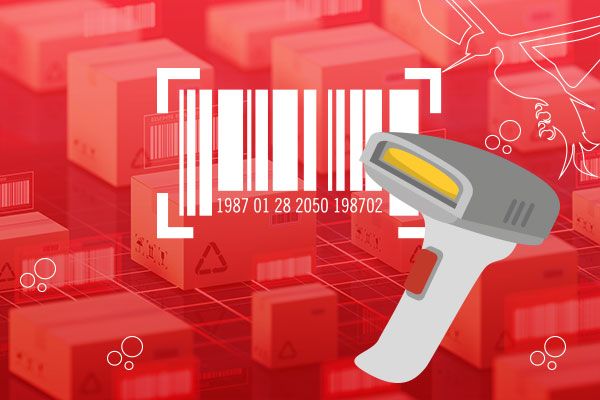
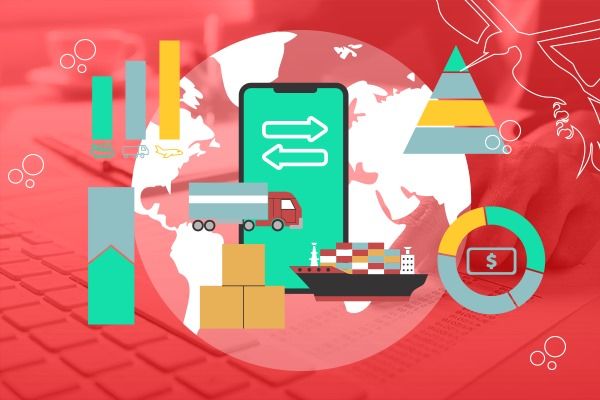
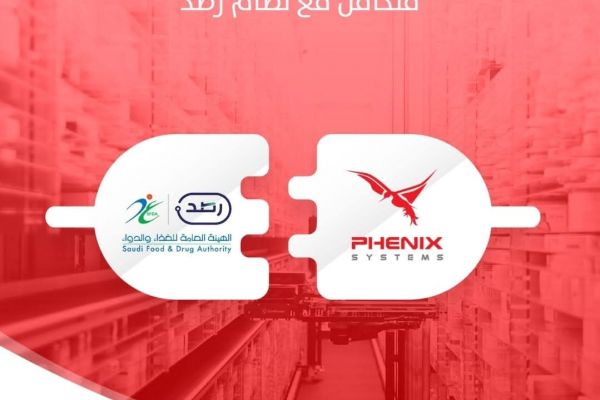
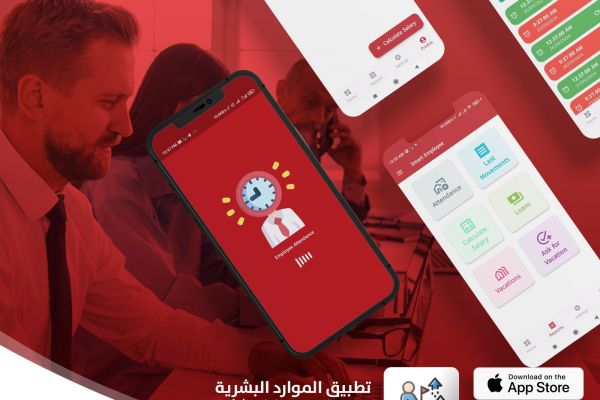
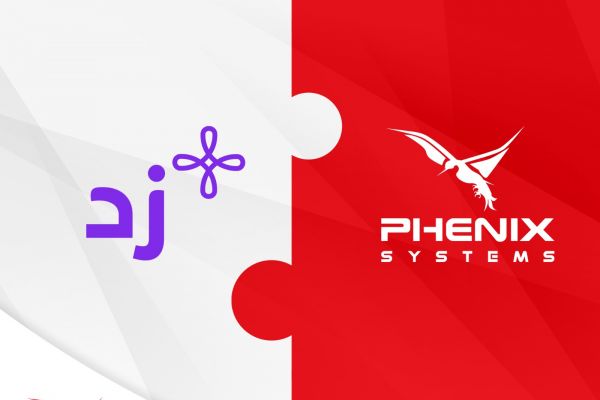

Comments (0)